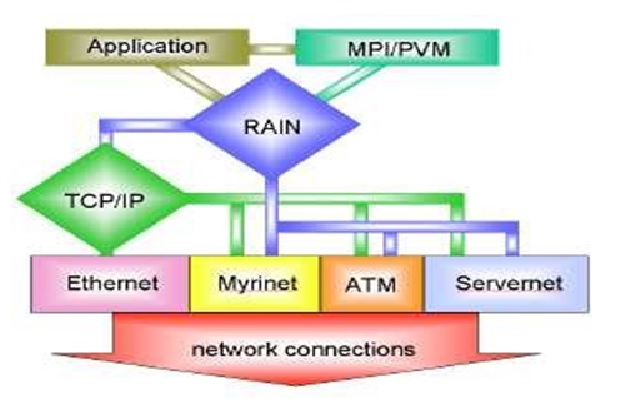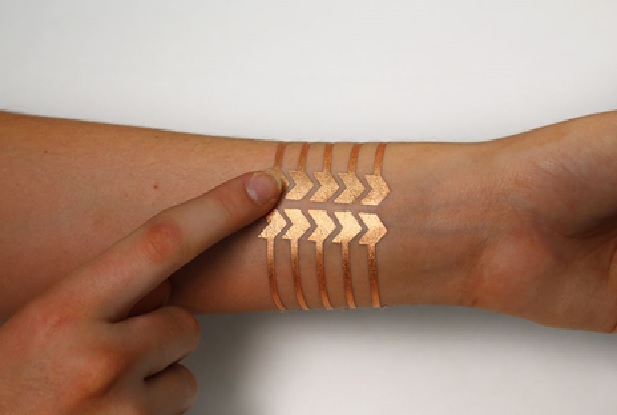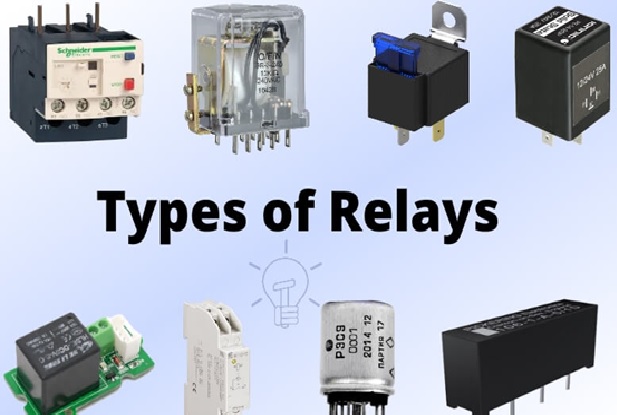Overview of Zigbee Technology
ZigBee is an open global standard for wireless technology designed to use low-power digital radio signals for personal area networks. ZigBee operates on the IEEE 802.15.4 specification and is used to create networks that require a low data transfer rate, energy efficiency and secure networking. It is employed in a number of applications such as building automation systems, heating and cooling control and in medical devices. ZigBee is designed to be simpler and less expensive than other personal are network technologies such as Bluetooth. [1]

Figure 1. Overview of Zigbee Technology
Figure 1 shows zigbee technology works with digital radios by allowing different devices to converse through one another. The devices used in this network are a router, coordinator as well as end devices. The main function of these devices is to deliver the instructions and messages from the coordinator to the single end devices such as a light bulb.
In this network, the coordinator is the most essential device which is placed at the origin of the system. For each network, there is simply one coordinator, used to perform different tasks. They choose a suitable channel to scan a channel as well as to find the most appropriate one through the minimum of interference, allocate an exclusive ID as well as an address to every device within the network so that messages otherwise instructions can be transferred in the network. [3]
Types of ZigBee Devices:
- Zigbee Coordinator Device – It communicates with routers. This device is used for connecting the devices.
- Zigbee Router – It is used for passing the data between devices.
- Zigbee End Device – It is the device that is going to be controlled
Zigbee Network Topologies:
- Star Topology (ZigBee Smart Energy)
- Mesh Topology (Self Healing Process)
- Tree Topology
Architecture of Zigbee:
Zigbee architecture is a combination of 6 layers.
- Application Layer
- Application Interface Layer
- Security Layer
- Network Layer
- Medium Access Control Layer
- Physical Layer [4]
Zigbee protocol features include:
- Support for multiple network topologies such as point-to-point,point-to-multipoint and mesh networks
- Low duty cycle – provides long battery life
- Low latency
- Direct Sequence Spread Spectrum (DSSS)
- Up to 65,000 nodes per network
- 128-bit AES encryption for secure data connections
- Collision avoidance, retries and acknowledgements [2]
References:
- https://www.techopedia.com/definition/4390/zigbee
- https://www.digi.com/solutions/by-technology/zigbee-wireless-standard
- https://www.elprocus.com/what-is-zigbee-technology-architecture-and-its-applications/
- https://www.geeksforgeeks.org/introduction-of-zigbee/
Cite this article:
Thanusri swetha J (2021), Overview of Zigbee Technology, Anatechmaz, pp. 61















